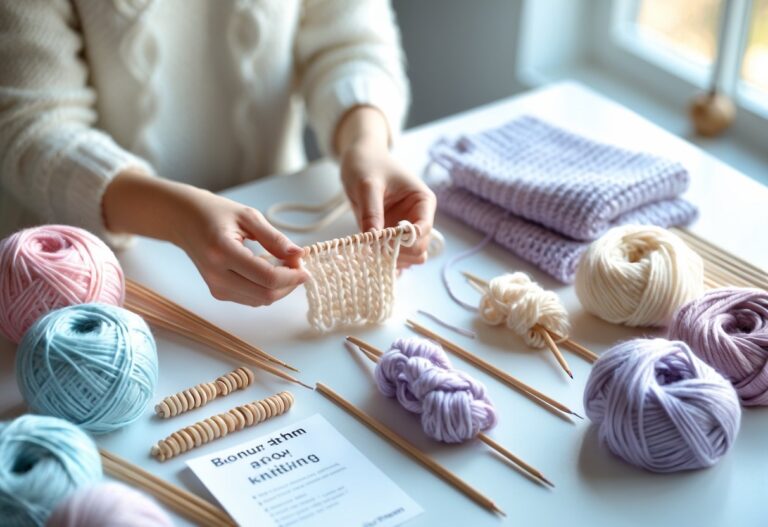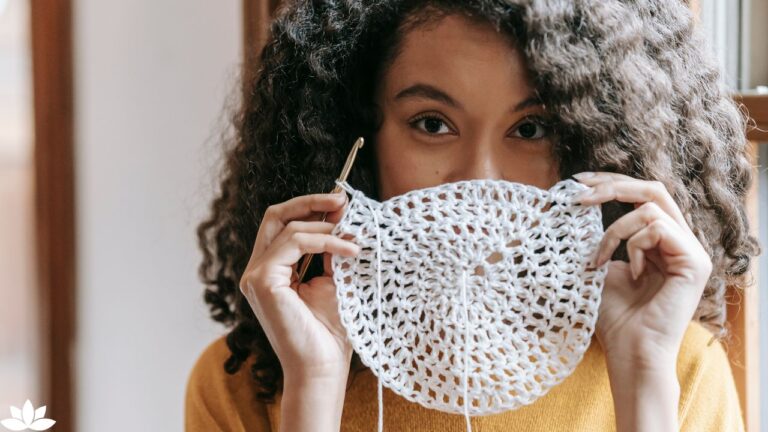When you start knitting, it’s surprisingly easy to make mistakes that slow you down or just make you want to give up. Maybe you drop stitches, knit way too tight, or find yourself totally lost in a pattern.
These little problems don’t have to ruin the fun, though. Honestly, everyone messes up at the beginning—it’s almost a rite of passage.
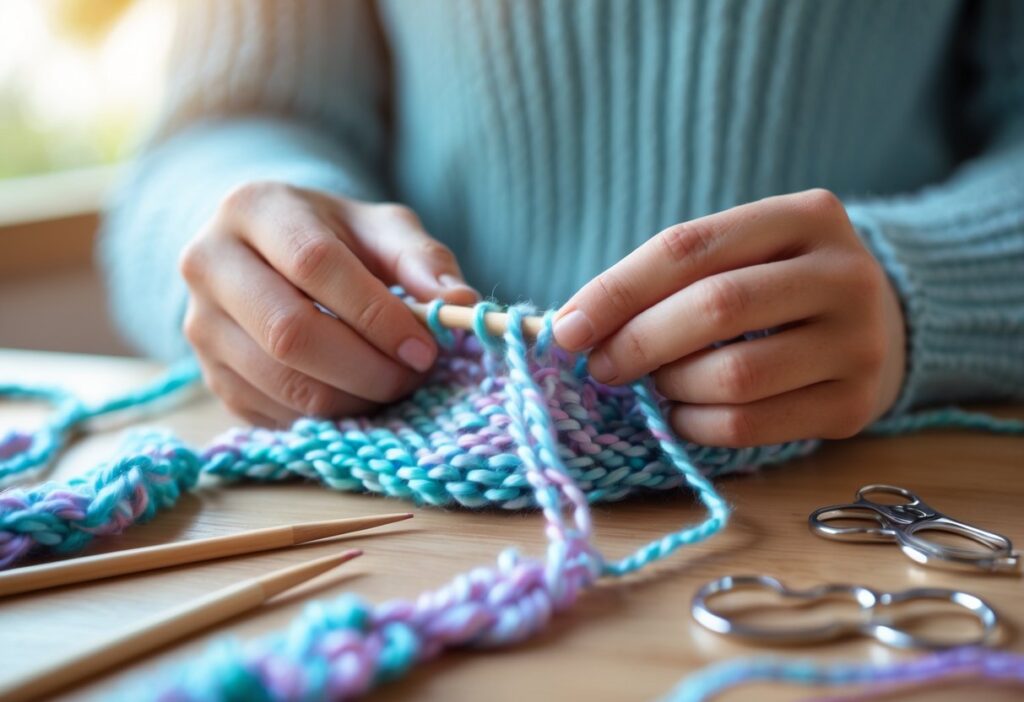
The key to overcoming common knitting mistakes is figuring out what went wrong and fixing it before it gets out of hand. With a few simple tricks, you can dodge a lot of headaches and actually start to enjoy the process a lot more.
This guide covers the mistakes you’re most likely to run into and how to get past them without too much drama. Once you know these quick fixes, your knitting will feel smoother, and honestly, you’ll probably feel a lot more confident after each row.
Most Common Knitting Mistakes Beginners Make
It’s easy to struggle with stitch shapes, keeping your rows even, or just figuring out how tight to hold your yarn. You might end up with twisted loops, dropped stitches, or weirdly loose edges.
Let’s get into the main mistakes and what you can actually do about them, fast.
Twisted Stitches and Misaligned Rows
Twisted stitches usually pop up when you wrap the yarn the wrong way around your needle. Suddenly, your fabric looks weird and uneven.
Try to pay attention to how you’re wrapping the yarn each time. For purl stitches, keep the yarn in front; for knit stitches, keep it behind. Sounds simple, but it saves a lot of hassle.
Misaligned rows happen if you lose track of which row you’re on or accidentally skip a stitch. It’s easy to do, especially when you’re just zoning out.
Using a row counter or dropping in some stitch markers can really help. These little tools save you from mixing up stitches and keep your rows lined up.
Dropped Stitches and Unraveling
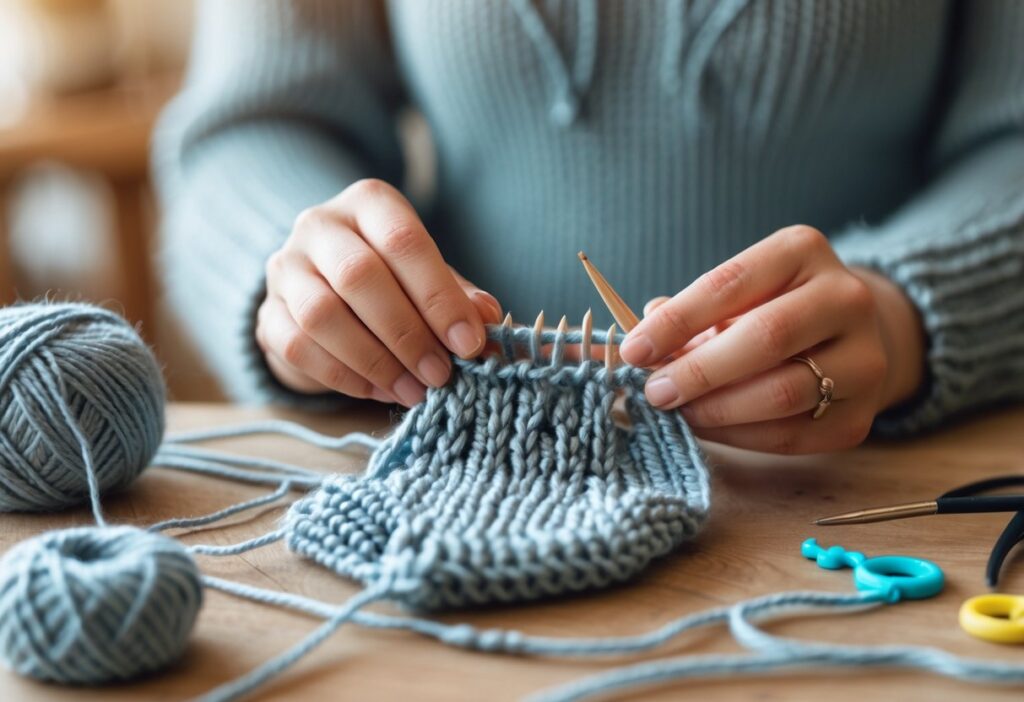
Dropped stitches are the classic beginner headache—a stitch slips off the needle and starts unraveling down your work. Next thing you know, there’s a hole where there shouldn’t be.
Check your needles often so you don’t lose any stitches. If you spot a dropped stitch, grab a crochet hook or your knitting needle and pick it back up. It’s not as scary as it seems, promise.
Unraveling can also happen if your yarn is pulled too tight or if your work just falls off the needle. Keeping your tension steady and handling your project gently goes a long way.
Uneven Tension and Loose Edges
Uneven tension means some stitches are super tight, others are loose, and your project just looks bumpy. It’s frustrating, but it’s also totally normal at first.
Try to hold the yarn the same way each time and keep your hands relaxed. It takes practice, but you’ll get there.
Loose edges are another common issue, especially at the start or end of a row. If your edges look messy, knit the first stitch a bit tighter or try slipping the first stitch for a cleaner look. It makes a difference.
How to Quickly Fix Knitting Mistakes and Prevent Them
You’ll save yourself a ton of time and frustration by spotting problems early and knowing what to do when things go sideways. Keeping your stitches even and catching dropped loops will make your projects look way better—and last longer, too.
Identifying Errors Early
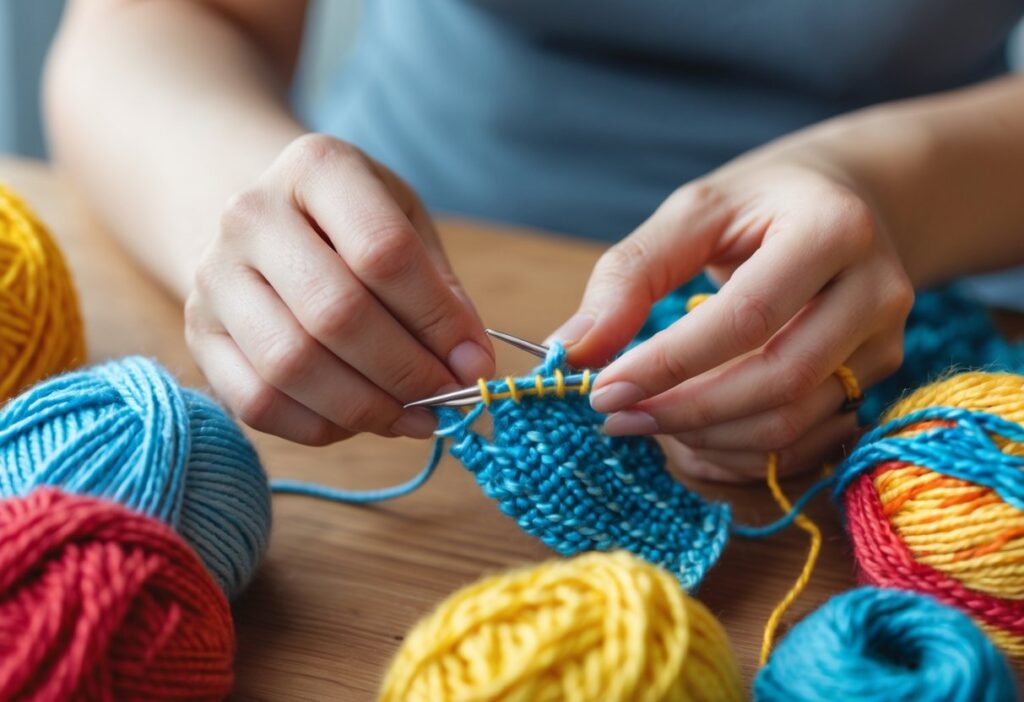
Check your work every so often, especially after finishing a row. Compare your stitches to the pattern and look for anything that seems off or out of place.
Use a bright light and hold your project up—sometimes mistakes are easier to spot that way. If you see a problem, mark it with a stitch holder or even a safety pin so you can find it again. Fixing things right away keeps small mistakes from turning into major disasters.
Correcting Dropped Stitches
If you drop a stitch, don’t panic. Grab a crochet hook and gently pull the loose stitch back up through the rows below. Work from the bottom up to make sure it’s looped over each row correctly.
If the stitch has slipped down too far, you might need to “tink” (unknit) row by row until you reach it. Fix it, then keep knitting. It’s a bit tedious, but it beats starting over.
Knitting can feel overwhelming at first, but every mistake is just part of the learning curve. The more you practice, the easier it gets, and honestly, you’ll start to enjoy the little imperfections that make each project unique. Stick with it—your skills (and your scarves) will thank you.
Restoring Even Tension
Uneven tension really can make your knitting look a bit off. If you spot tight stitches, try gently stretching your project during blocking—sometimes that’s all it takes to smooth things out.
Loose stitches? Maybe just take a breath, relax your hands, and focus on holding the yarn in a way that feels comfortable but consistent. It’s not always about perfection, just finding a rhythm that works for you.
Honestly, practicing on smaller swatches is a lifesaver for steady tension. If you’re still struggling, reaching for thicker needles might help keep things more uniform, whether your stitches lean tight or loose.
Knitting’s never going to be flawless every time, but that’s part of the charm. With a little patience and some trial and error, you’ll get the hang of it—and your projects will look better for it.


